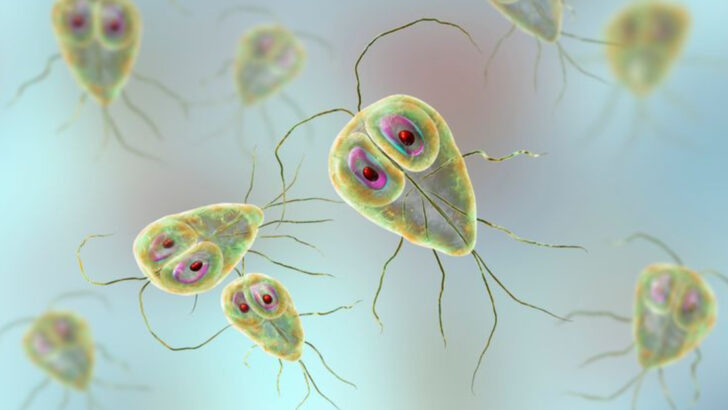You can’t always see the killer in the water.
Sometimes, it’s smaller than a grain of rice—but it can wreck your liver, blind your eyes, or burrow into your brain.
America’s lakes and rivers are turning into hot zones for parasites that belong in horror films. They latch, they squirm, they multiply. And worst of all? They’re spreading—fast.
From brain-eating amoebas to worms that turn fish into zombies, these invaders don’t just harm wildlife. They’re coming for us, too. And your favorite summer swimming hole? It might be a lot more dangerous than it looks.
Don’t let their size fool you.
The worst threats are often the ones we can’t see coming.
Naegleria fowleri
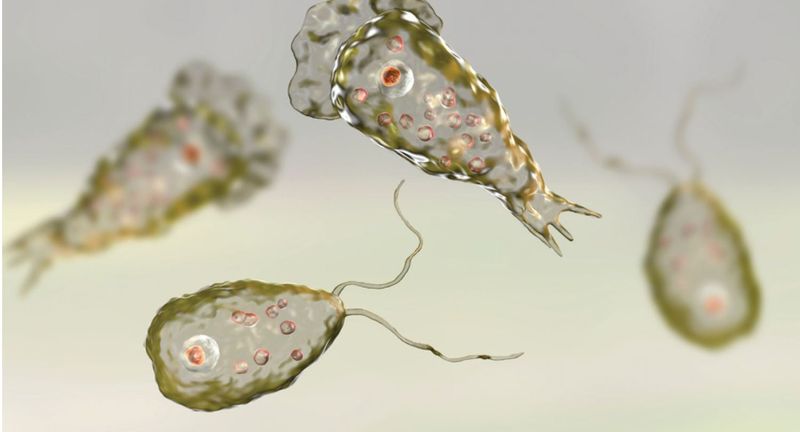
Naegleria fowleri, often dubbed the ‘brain-eating amoeba,’ is as terrifying as it sounds. Found in warm freshwater bodies, it enters the human body through the nose. Once inside, it travels to the brain, causing a devastating infection called primary amoebic meningoencephalitis.
This parasite thrives in high temperatures, making summer its prime season. Though infections are rare, they are almost always fatal. The mere thought of swimming in warm lakes becomes daunting with this parasite lurking.
Did you know? Naegleria fowleri can survive temperatures up to 113°F, making it resilient in extreme conditions.
Schistosoma
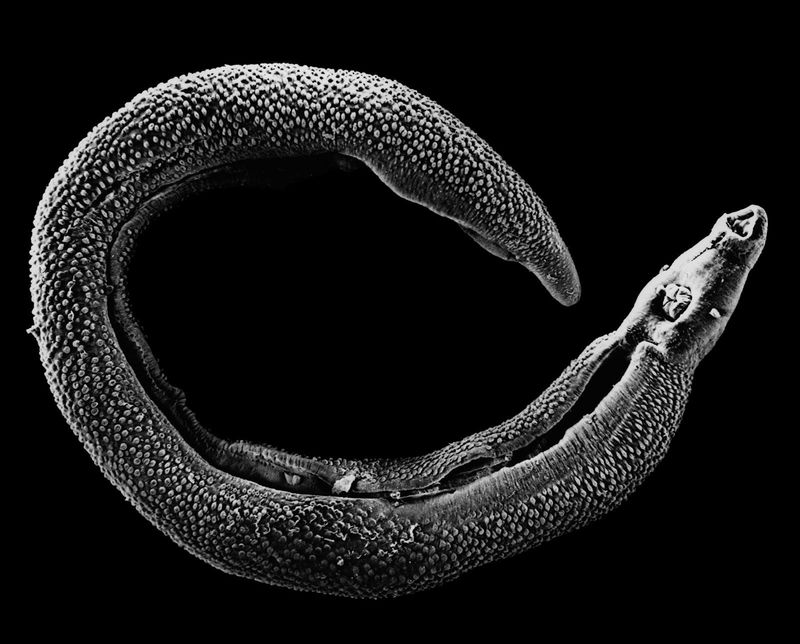
Schistosoma, a waterborne parasite, sneaks into the human body through exposed skin. Residing in freshwater snails, it releases larvae that infect unsuspecting swimmers. Once in the bloodstream, it causes schistosomiasis, a chronic disease.
The symptoms include abdominal pain, diarrhea, and blood in urine. Schistosomiasis is prevalent in tropical environments but has begun appearing in more temperate regions.
Fun fact: Schistosoma has a unique reproductive strategy, with male and female worms permanently paired, making it one of nature’s true monogamous creatures.
Giardia lamblia
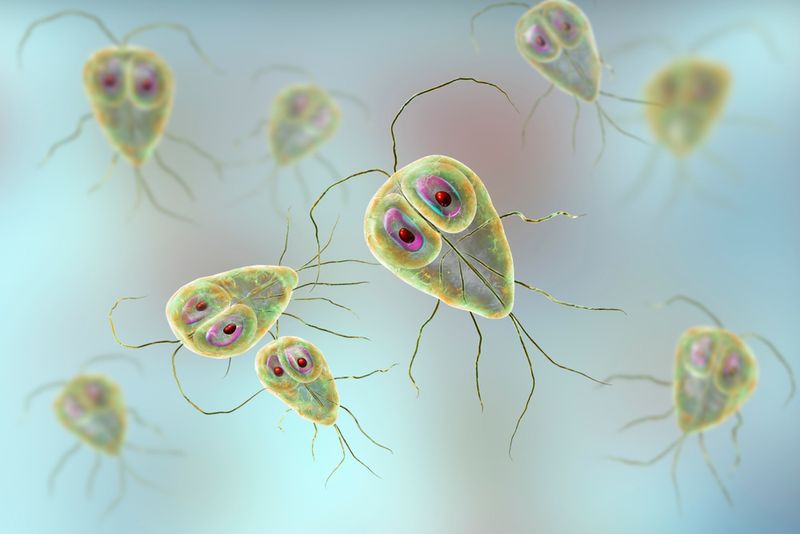
Giardia lamblia presents a major health risk through contaminated water. This protozoan parasite causes giardiasis, a diarrheal illness. Its cysts can survive in harsh environments, making them difficult to eradicate.
Upon ingestion, Giardia attaches to the intestinal wall, leading to severe stomach cramps and dehydration. It affects both humans and animals, spreading easily through water sources.
Did you know? Giardia is known as ‘beaver fever’ due to its association with beaver-inhabited lakes, reflecting its adaptability to various hosts and environments.
Cryptosporidium
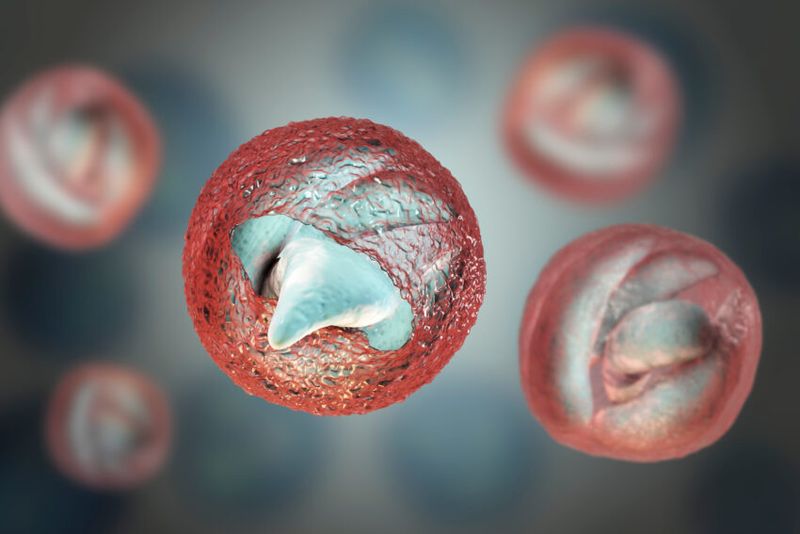
Cryptosporidium, or ‘Crypto,’ is a notorious waterborne parasite causing cryptosporidiosis. Its robust oocysts resist chlorine, a common water treatment method, making outbreaks challenging to control.
Symptoms include severe diarrhea, nausea, and fever, with young children being particularly vulnerable. This parasite’s ability to thrive in treated water systems poses a significant public health concern.
Fun fact: Cryptosporidium’s resilience has led to numerous outbreaks, prompting advancements in filtration and water treatment technologies to combat its spread.
Echinococcus multilocularis
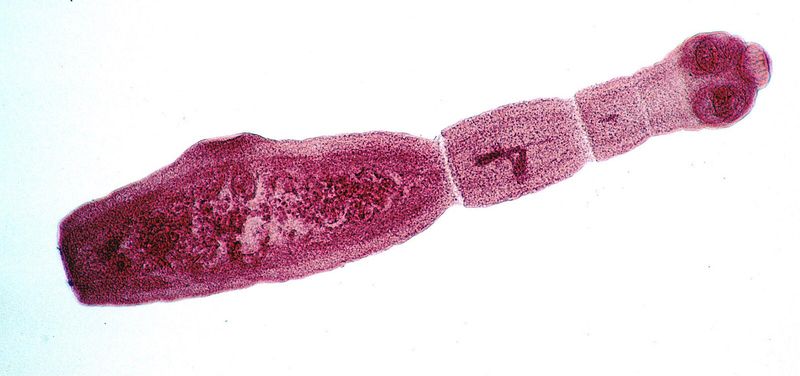
Echinococcus multilocularis, a tapeworm, primarily affects wildlife but poses risks to humans. Its larvae form cysts in various organs, leading to alveolar echinococcosis, a severe disease.
This parasite thrives in foxes and rodents, with humans accidentally becoming hosts through contaminated water. The disease progresses slowly, often undetected until significant damage occurs.
Did you know? Echinococcus multilocularis can cause life-threatening conditions if untreated, necessitating a long-term treatment plan that may include surgery and antiparasitic medications.
Diphyllobothrium latum

Diphyllobothrium latum, the broad fish tapeworm, is the largest human tapeworm. It infects through the consumption of raw or undercooked fish from infected waters.
Once inside the intestines, it can grow up to 30 feet long, causing abdominal pain and vitamin B12 deficiency. This tapeworm’s lifecycle involves multiple hosts, including crustaceans and fish, making its control complex.
Fun fact: Diphyllobothrium latum’s ability to absorb vitamin B12 directly from the host leads to its infamous nickname, the ‘robber of nutrients,’ highlighting its parasitic prowess.
Dracunculus insignis
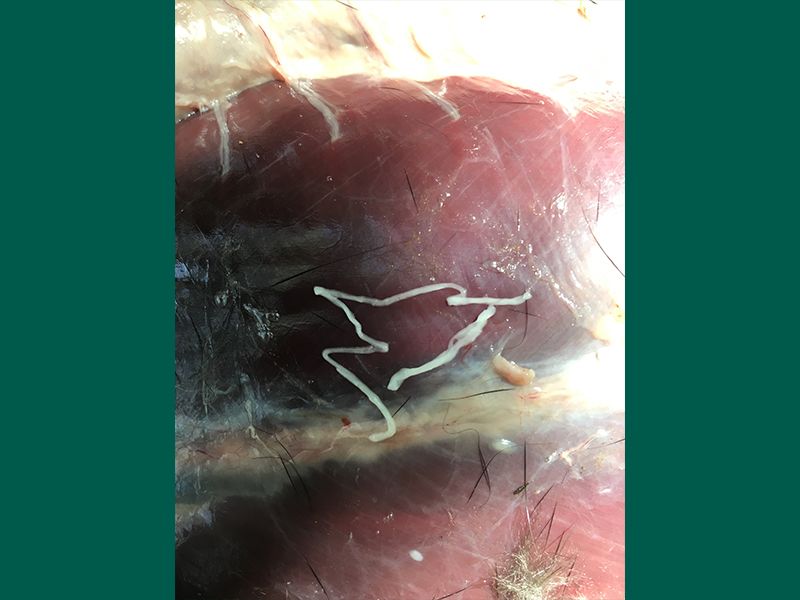
Dracunculus insignis, a parasitic worm, primarily infects animals but can pose a risk to humans. Transmitted through contaminated water, it causes dracunculiasis, a painful skin condition.
The larvae mature inside the host, eventually emerging through the skin, causing excruciating pain. This parasite’s lifecycle depends heavily on water fleas, which serve as intermediate hosts.
Did you know? Dracunculus insignis is related to the Guinea worm, and efforts to eradicate it have also helped control similar parasites, showcasing a successful public health campaign.
Acanthamoeba
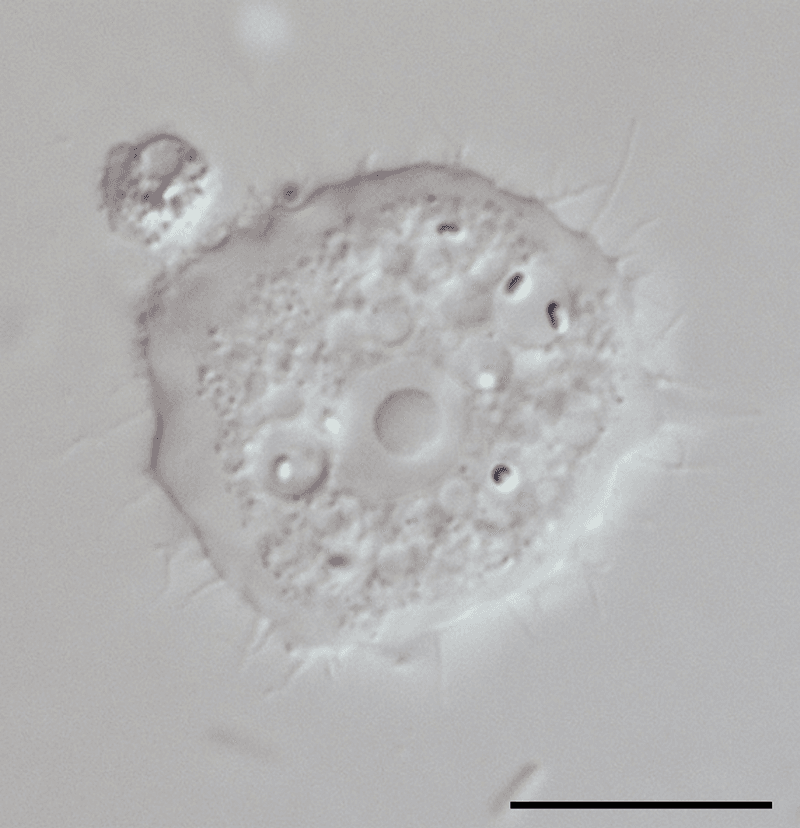
Acanthamoeba, an opportunistic parasite, thrives in various water sources. It causes infections in the eyes, skin, and central nervous system.
Contact lens wearers are particularly at risk, as contaminated water can lead to severe eye infections. This parasite’s ability to form cysts makes it difficult to eliminate, posing significant challenges for water safety.
Fun fact: Acanthamoeba has been studied extensively for its role in developing new treatments against amoebic infections, highlighting its impact on medical research.
Toxoplasma gondii
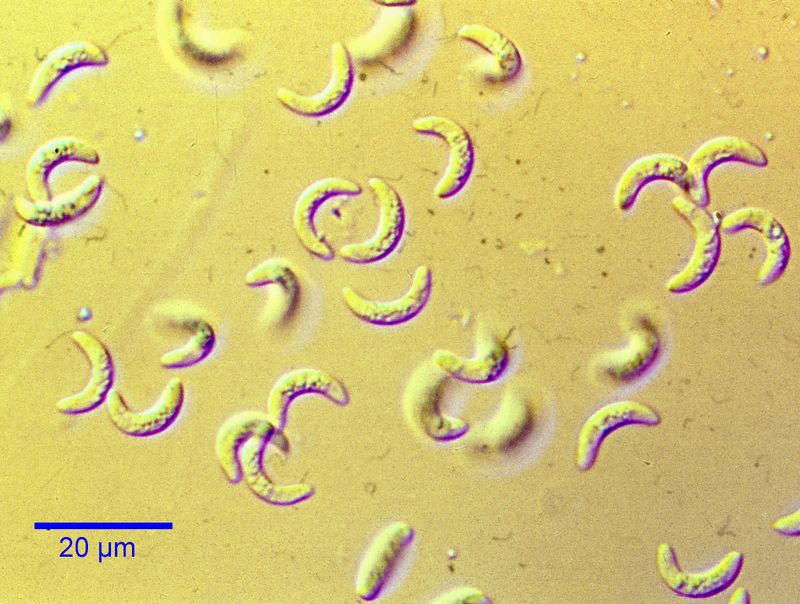
Toxoplasma gondii, famous for its role in toxoplasmosis, is widespread in aquatic environments. It infects through oocysts in contaminated water, affecting humans and animals alike.
This parasite’s impact on wildlife and domestic animals is profound, with cats being significant carriers. In humans, it can cause flu-like symptoms, but for the immunocompromised, it becomes severe.
Did you know? Toxoplasma gondii can alter the behavior of its host, making rodents less fearful of predators, a fascinating adaptation for parasite survival.
Trichobilharzia
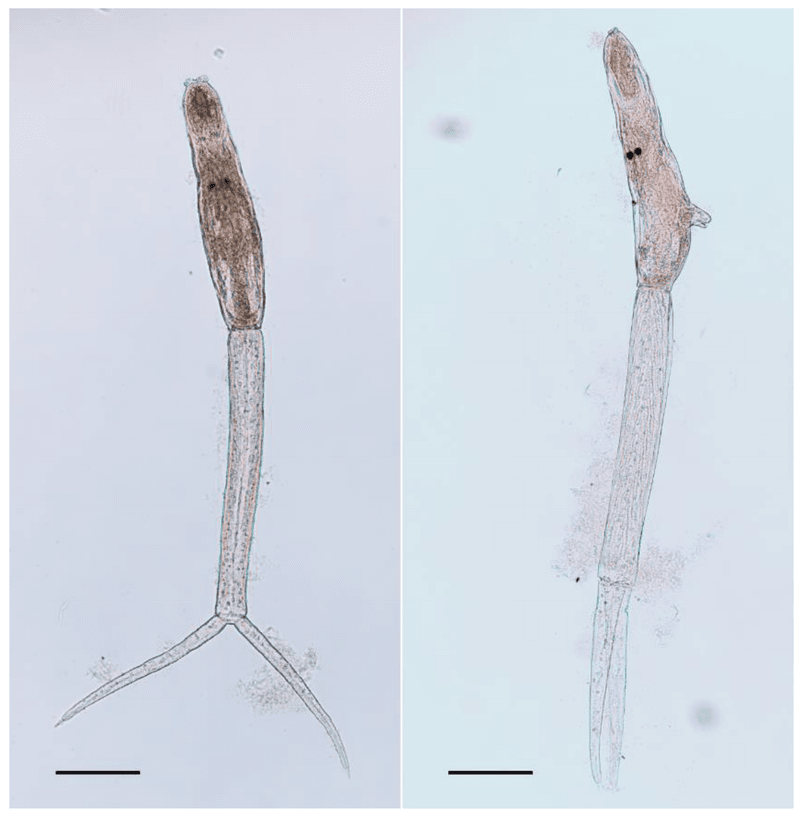
Trichobilharzia, known for causing swimmer’s itch, is a parasite that targets waterfowl but occasionally infects humans. Its cercariae penetrate human skin, leading to an itchy rash.
Though it’s not life-threatening, the irritation can be intense, discouraging recreational water activities. The parasite’s presence indicates ecological imbalances, often linked to pollution and habitat changes.
Did you know? Swimmer’s itch cases provide insights into the health of aquatic environments, serving as a natural indicator of water quality and ecological stability.
Fasciola hepatica
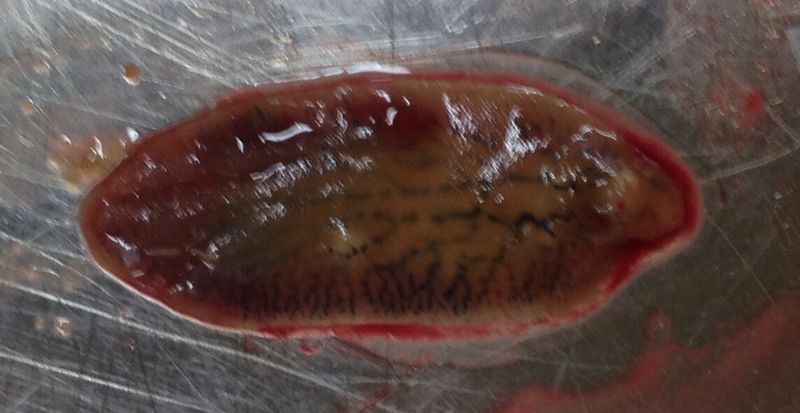
Fasciola hepatica, the liver fluke, thrives in marshy waters. It infects through the consumption of contaminated water plants, leading to fascioliasis, a significant health concern.
This parasite targets the liver, causing chronic inflammation and bile duct obstruction. Its complex lifecycle involves snails as intermediate hosts, complicating eradication efforts.
Fun fact: Fasciola hepatica’s ability to adapt to various hosts makes it one of the most successful liver parasites, constantly challenging veterinary and medical fields.
Leptospira
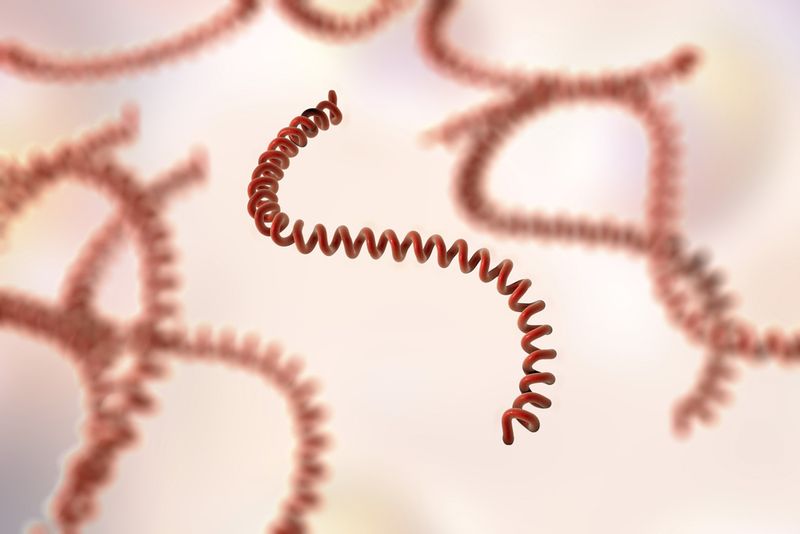
Leptospira, a bacterial parasite, thrives in warm, stagnant waters, causing leptospirosis. It spreads through animal urine, affecting those who come into contact with contaminated water.
Symptoms range from mild flu-like signs to severe illness, including kidney damage and liver failure. This parasite is a concern for agricultural workers and outdoor enthusiasts.
Did you know? Leptospira’s corkscrew shape allows it to move efficiently through water and tissue, making it a formidable pathogen in aquatic and terrestrial environments.
Paragonimus kellicotti
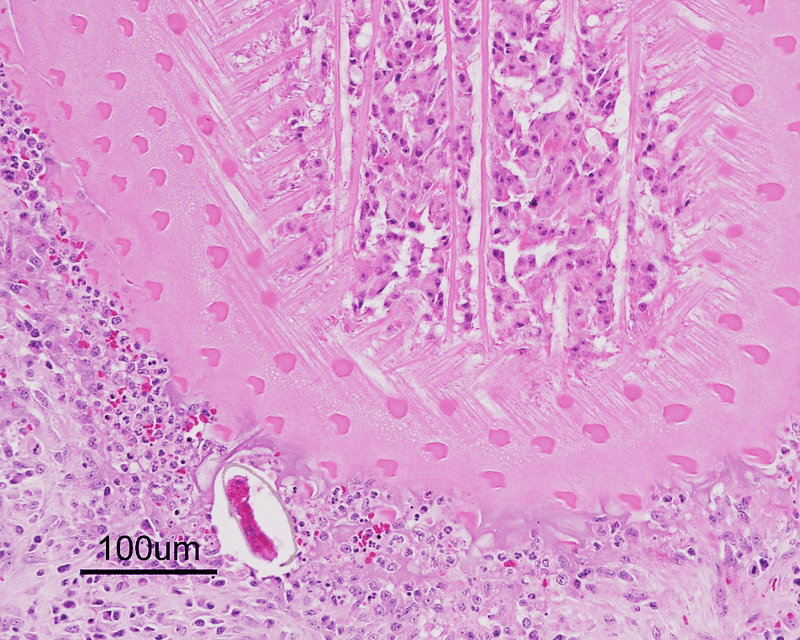
Paragonimus kellicotti, the lung fluke, primarily infects through eating raw or undercooked crayfish from infected waters. Inside the body, it migrates to the lungs, causing paragonimiasis.
Symptoms include chronic cough and chest pain, often mistaken for tuberculosis or pneumonia. This fluke’s lifecycle involves snails and crustaceans, complicating control efforts.
Fun fact: Paragonimus kellicotti’s presence in North America highlights its adaptability and the importance of safe food practices in preventing parasitic infections.

